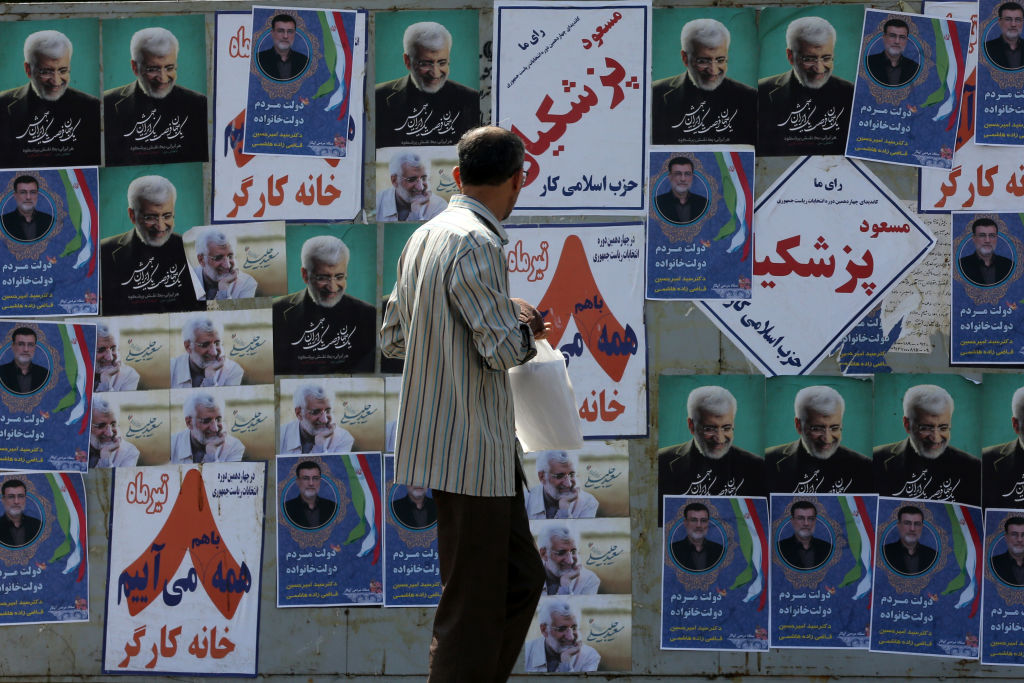It was 2013, the night before the launch of UOB’s foreign direct investment (FDI) advisory unit in Indonesia. The rupiah had weakened due to global and domestic factors and while this was not representative of Indonesia’s vast hinterland and growing economy, there were understandably concerns.
At the launch, local media asked why investors should still invest in Indonesia and the region. I replied: “The answer is in the room.” After the puzzled silence, I said FDI would continue to flow into Indonesia because of its young talent, like those in the room.
More than a decade later, this has proven true. But it has taken more than young talent to drive record investments into Southeast Asia. It’s also the robust regional trade structure set up by the Association of Southeast Asian Nations, in particular the Asean Economic Community (AEC), which celebrates its 10th anniversary this year.
Despite the achievements, intraregional trade and the region’s sheer diversity still present challenges. When the AEC was created in 2015 to drive economic integration, there were doubts about Asean’s consensus approach to decision-making. Was the dream of a single market, with shades of the European Union, a step too ambitious?
A decade on, the numbers have allayed concerns. Annual FDI since 2015 has increased significantly, breaking the US$200 billion mark in 2021 and growing every year.
Under the AEC, an investment-friendly environment has been created, including through the 2018 establishment of the Asean Single Window to simplify the electronic exchange of trading documents and the 2021 setting up of the Asean Investment Facilitation Framework. These, together with the long-established free trade area, have encouraged integration and growth in strategic sectors like manufacturing and professional services.

 By South China Morning Post | Created at 2025-01-09 01:31:29 | Updated at 2025-01-09 15:19:26
13 hours ago
By South China Morning Post | Created at 2025-01-09 01:31:29 | Updated at 2025-01-09 15:19:26
13 hours ago








